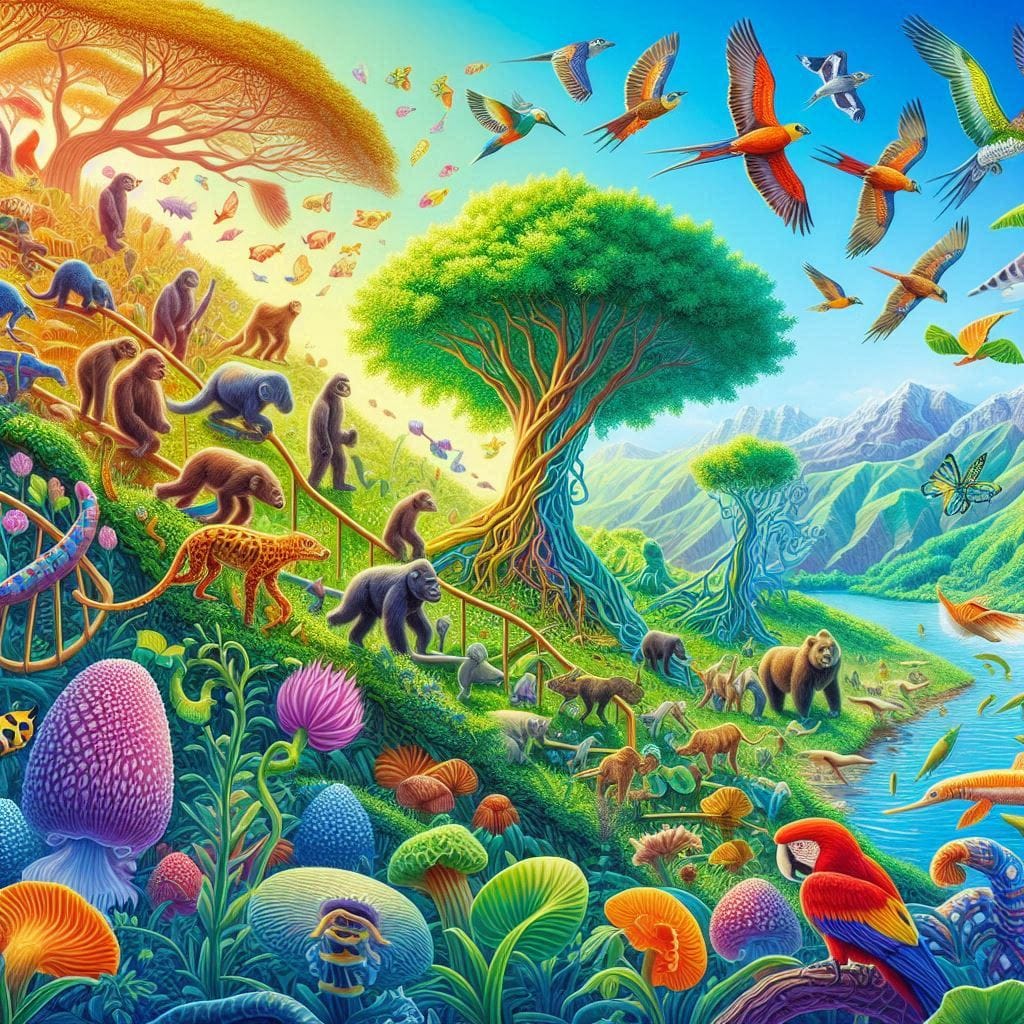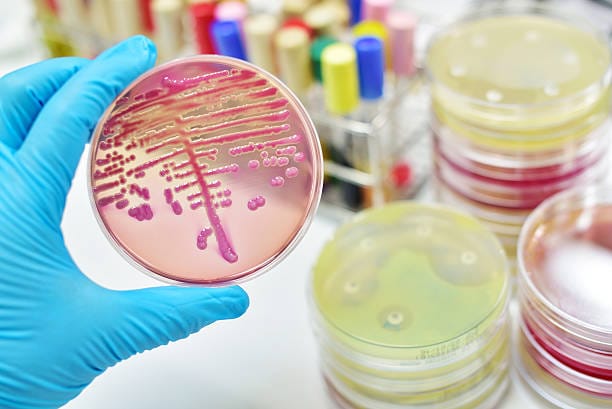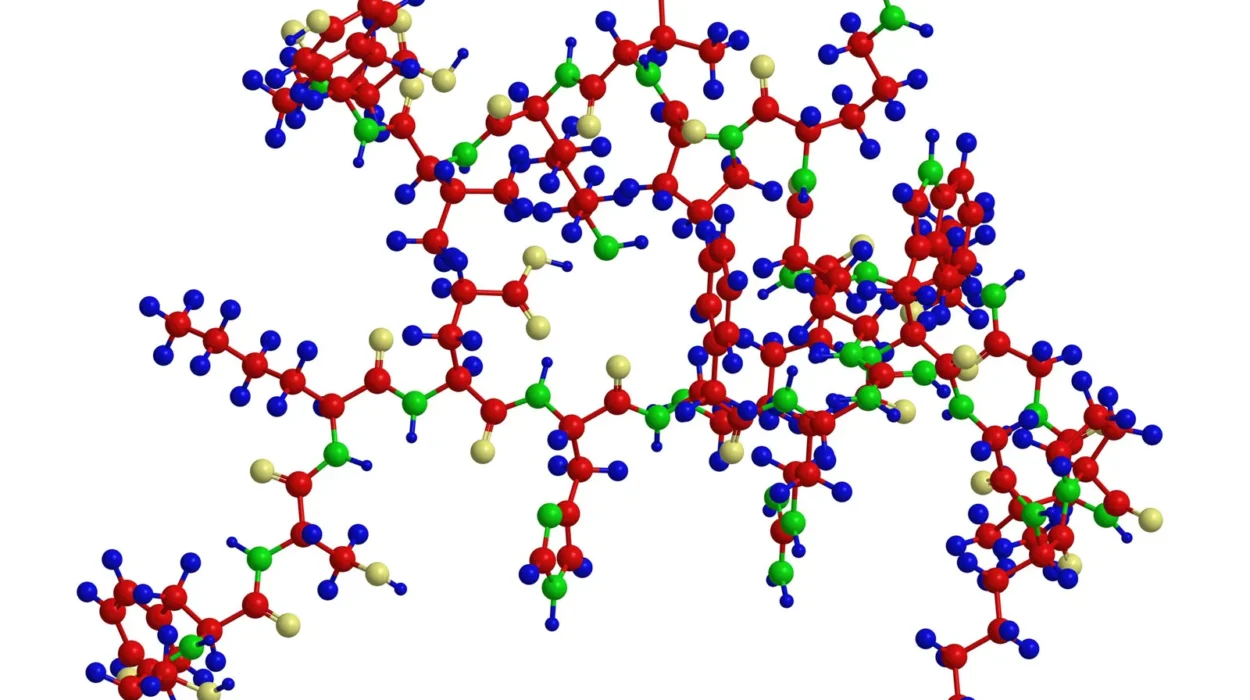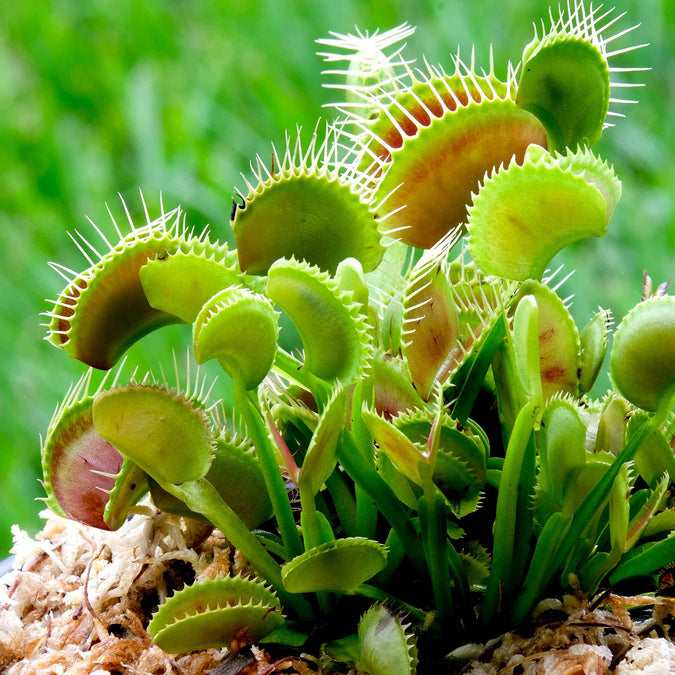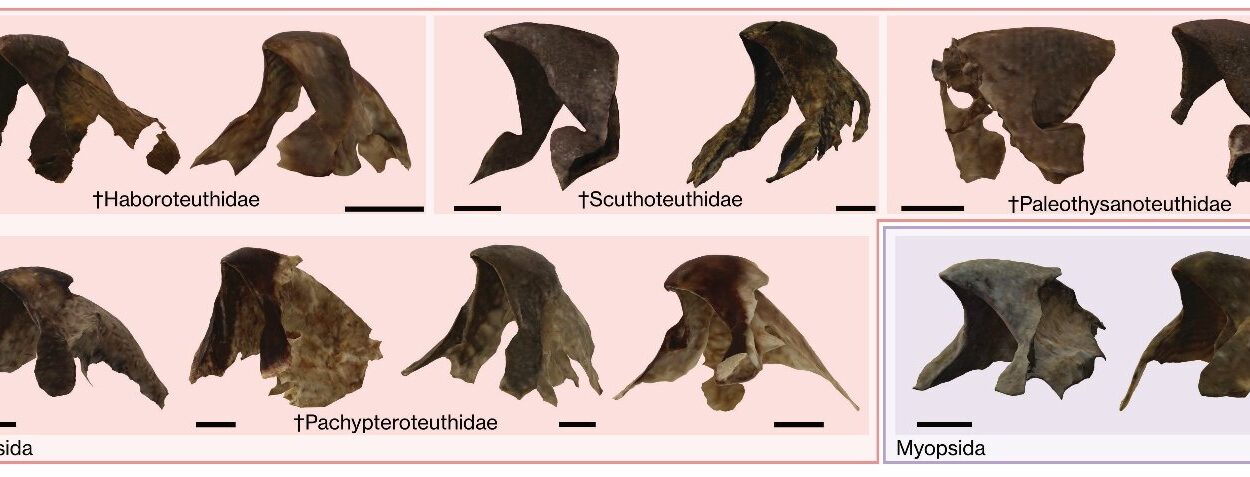Evolution is often imagined as a powerful, intentional force sculpting life with purpose and direction. We envision nature as a workshop where only the fittest survive, where competition is brutal and where every trait must have a purpose. This is the story we often hear—the story of natural selection, the engine behind adaptation, survival, and complexity.
But hidden in the background, another force is at work. It’s quieter, subtler, and less predictable. It doesn’t favor the strong or the fast. It doesn’t reward the clever or punish the weak. It doesn’t even care about who survives or who thrives. It just happens.
This is the world of genetic drift—a mechanism of evolution as essential as natural selection, yet vastly underappreciated. It is a force that changes the genetic makeup of populations, not through survival of the fittest, but through the randomness of chance. It is evolution by lottery, not by merit. It is the genetic echo of a coin toss played over generations.
Understanding genetic drift is like learning to listen to the wind rather than the storm. It teaches us that evolution is not always guided, that history isn’t always logical, and that life on Earth is shaped as much by randomness as by design.
The Dance of Genes in Populations
To understand genetic drift, we need to start with genes—the units of heredity, the molecular blueprints passed from parent to offspring. Genes come in different versions, called alleles, and these alleles can vary subtly or dramatically. For instance, one version of a gene might code for blue eyes, another for brown. One might increase resistance to disease, another might do nothing noticeable at all.
Populations are pools of these alleles. In every generation, when individuals reproduce, they randomly pass some of their alleles to their offspring. This random sampling means that not all alleles get passed on equally. Some may disappear altogether, not because they’re harmful, but because they simply didn’t make it into the next generation by chance.
This is where genetic drift begins. It’s the result of sampling error—the same kind of statistical noise you might get if you flipped a coin just a few times. If you flip it 1000 times, you’ll likely get close to 500 heads and 500 tails. But flip it only 10 times, and you might get 7 heads and 3 tails. That’s not because the coin is biased, but because chance dominates when sample sizes are small.
In evolution, the coin flip is reproduction, and the sample size is the population. In small populations, chance events can cause some alleles to disappear completely and others to become fixed—not because they’re better, but because of randomness.
The Founder Effect: Evolution Starts from Scratch
Imagine a few individuals from a large population are blown by a storm to a remote island. These survivors carry only a subset of the genetic diversity of the original population. Maybe, by chance, none of them have the gene for red feathers, even though it was common back home. Over time, their descendants form a new population with different genetic traits—not because red feathers were unfit, but because they were absent from the start.
This is known as the founder effect. It’s a powerful form of genetic drift that happens when new populations are started by a few individuals. These founders, purely by chance, may carry rare alleles that become common in the new population, or they may lack common alleles entirely.
The founder effect has shaped many human populations. For example, certain genetic diseases like Ellis–van Creveld syndrome are unusually common among the Amish of Pennsylvania, not because of poor genes or adaptation, but because their community began with a small number of founders carrying those traits.
The founder effect shows us how evolution can begin on a blank page, how a few individuals can write the genetic script of future generations, guided not by selection, but by accident.
The Bottleneck Effect: When Populations Shrink
Sometimes, it’s not a new beginning that triggers genetic drift, but a near-end. Catastrophes like disease, famine, natural disasters, or human hunting can decimate populations. When this happens, the genetic diversity of the survivors becomes the entire genetic future of the species.
This is the bottleneck effect. It’s like squeezing a population through a narrow funnel: much of the genetic variation is lost, and what comes out on the other side depends on who made it through.
One famous example involves the northern elephant seal. Once hunted nearly to extinction, their population dropped to fewer than 100 individuals by the late 1800s. Though conservation efforts brought them back to over 200,000 individuals today, genetic studies show they have very little variation—because their gene pool was so drastically reduced during the bottleneck.
The cheetah is another iconic victim of a bottleneck. Modern cheetahs are so genetically similar that skin grafts between individuals are rarely rejected—a sign of dangerously low genetic diversity. This makes them more vulnerable to disease and environmental change.
Bottlenecks remind us that survival is not just about adaptation. It’s about luck. And once variation is lost, evolution’s creative tools become blunted. A population can survive a bottleneck, but it may never be the same again.
Fixation and Loss: The Fate of Alleles
In every population, alleles rise and fall. Genetic drift pushes this motion like a lazy river winding its way through a forest. Sometimes, an allele becomes more common. Other times, it fades. But over many generations, in the absence of other forces, drift tends to push alleles toward one of two fates: fixation or loss.
Fixation happens when every individual in a population carries the same allele. It becomes the only version left, not because it’s the best, but because all others were lost along the way. Once an allele is fixed, there is no more genetic variation at that gene.
Loss, on the other hand, is the disappearance of an allele from the population. It is gone forever unless reintroduced by mutation or migration. Both fixation and loss are permanent endpoints in the game of genetic drift.
In small populations, drift is strong, and fixation or loss can happen quickly. In large populations, drift is weaker, and alleles persist longer. But no matter the size, all populations are subject to this gradual narrowing of genetic options over time.
This process is blind. It doesn’t “know” which alleles are useful or harmful. It just moves genes through generations, sometimes preserving what we’d least expect, and sometimes erasing what we thought was essential.
Drift vs. Selection: Allies and Opponents
It’s tempting to view genetic drift and natural selection as rivals—one driven by chance, the other by purpose. But in truth, they are partners in evolution’s dance, each pulling in different directions.
Selection favors traits that enhance survival and reproduction. It’s directional, efficient, and purposeful. Genetic drift, on the other hand, is random, neutral, and indifferent.
In large populations, selection usually dominates. The sheer number of individuals buffers against randomness, allowing advantageous traits to rise and harmful ones to fall. But in small populations, drift can overpower selection. Even beneficial alleles can be lost, and harmful ones can become fixed.
This tension plays out in conservation biology, where small endangered populations are at risk not just from environmental threats, but from genetic drift. As drift reduces variation, the population’s ability to adapt to future challenges is weakened.
Yet in other cases, drift and selection may work together. Drift can remove variation that selection would never touch, clearing the path for new mutations. Or it may allow a neutral mutation to persist long enough for a second mutation to turn it into something useful. In this way, drift can set the stage for innovation.
The Role of Genetic Drift in Human Evolution
Genetic drift has shaped our own species in ways we’re only beginning to understand. Our ancestors lived in small groups for most of our evolutionary history—exactly the kind of setting where drift thrives.
When humans migrated out of Africa around 60,000 years ago, they went in small bands, each carrying only a subset of genetic diversity. This founder effect left a signature on modern populations, with genetic diversity decreasing the farther one moves from Africa.
Drift has also influenced our genes for traits like blood type, lactose tolerance, and immune system function. Some alleles became common not because they offered an advantage, but because they happened to be present in successful lineages.
Even cultural traits may bear the mark of drift. Languages, traditions, and social norms often spread through small groups, influenced as much by randomness as by reason.
The story of human evolution is not just a tale of intellect and innovation. It’s also a story of chance—of who survived, who reproduced, and which alleles happened to be passed on.
Genetic Drift in the Genomic Era
The rise of genome sequencing has brought new tools to study drift. Scientists can now track allele frequencies across thousands of individuals, detecting subtle shifts over time. They can model populations, simulate histories, and reconstruct the genetic past with astonishing precision.
One of the key insights from modern genetics is that most of the human genome evolves under the influence of drift, not selection. While some regions are under strong selective pressure, most mutations are neutral or nearly neutral, and their fate is decided by chance.
This challenges old assumptions about how evolution works. We used to think that every feature had a purpose, that every gene was shaped by selection. Now we see that much of the genome is shaped by drift—a reminder that nature is often more stochastic than we’d like to believe.
At the same time, understanding drift helps us interpret genetic data more accurately. It explains why some alleles vary between populations, not because of adaptation, but because of history and randomness. It helps us understand diseases, evolution, and ancestry with greater nuance.
Evolution Isn’t Always About Progress
One of the most powerful lessons of genetic drift is philosophical: evolution doesn’t always move forward. It doesn’t always improve. It doesn’t always make sense.
Drift reminds us that life isn’t a ladder, but a branching tree. That traits don’t always evolve for a reason. That survival sometimes depends more on fortune than fitness.
In a world obsessed with perfection and design, drift is humbling. It tells us that even the most complex systems can emerge from randomness. That beauty can arise without a blueprint. That we are products not just of survival, but of serendipity.
The Future of Drift in a Changing World
As we face unprecedented changes—climate shifts, habitat loss, genetic engineering—we must consider how drift will shape the future of life. Species pushed into small populations will experience stronger drift, potentially losing the genetic tools needed to adapt.
Conservation efforts must account for this, preserving not just species but their genetic diversity. We must protect the alleles that drift might erase—the quiet variants, the rare mutations, the strange and beautiful threads of life’s genetic fabric.
In medicine, understanding drift helps explain why some diseases persist, why certain populations are more vulnerable, and how our genomes are shaped by more than just natural selection.
In synthetic biology, we may one day harness drift—guiding evolution not by forcing it, but by embracing its randomness. In doing so, we step into the role of nature’s co-author, with all the responsibility that implies.
A World Shaped by Chance
Genetic drift may not have the glamour of natural selection. It doesn’t make headlines or lend itself to stories of triumph. But it is a vital force, one that shapes the genetic tapestry of life in subtle, profound ways.
It teaches us that not everything in life is earned. That some paths are taken simply because they were the ones left open. That even in biology, as in life, randomness plays a role we cannot ignore.
To understand genetic drift is to embrace uncertainty. To see evolution not as a perfect plan, but as an unfolding story—one written partly by logic, partly by chance, and wholly by life.
And in that story, every gene, every trait, every species is a chapter—a testament to the unpredictable, beautiful, and chaotic process that is evolution.
